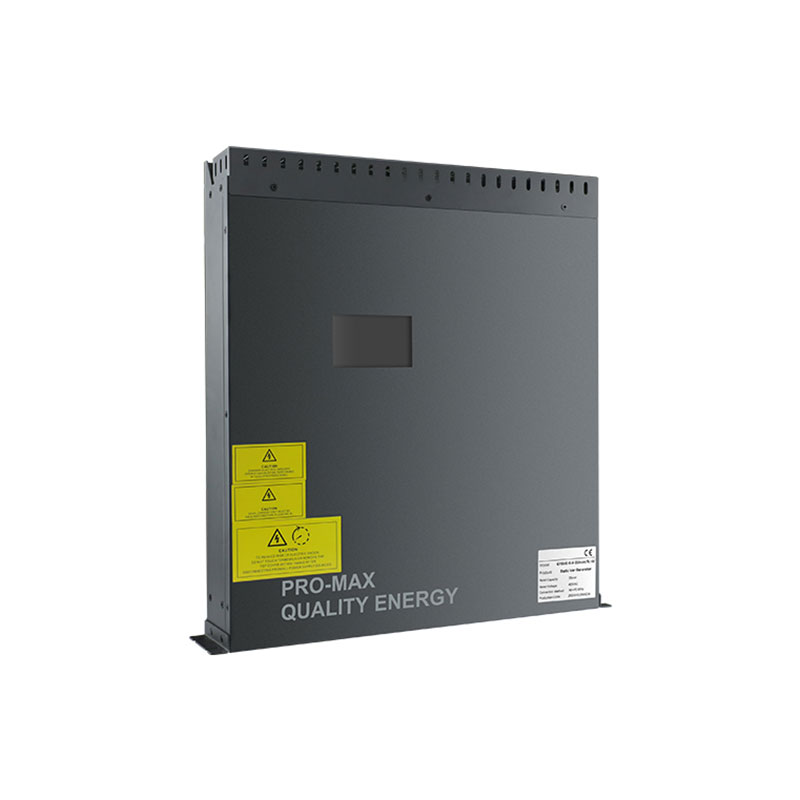How to Choose the Right Active Harmonic Filter for Your System
2025-03-17
Selecting the right Active Harmonic Filter (AHF) is critical to maintaining optimal power quality in an electrical system. With various models available, understanding key selection factors ensures the best performance. Here’s a guide to choosing the right AHF for your needs.
1. Assess Your Harmonic Distortion Level
- Conduct a power quality audit to determine the extent of harmonic distortion.
- Identify the harmonic order and total harmonic distortion (THD) levels.
- Choose an AHF with appropriate compensation capability.
2. Consider Load Capacity & System Voltage
- Ensure the AHF matches your system’s voltage and current capacity.
- Choose a filter with scalability to handle future load expansions.

3. Look for Real-Time Monitoring & Control Features
- Opt for models with smart monitoring and adaptive filtering technology.
- Remote access and IoT integration enhance ease of use and system optimization.
4. Check Compliance with Standards
- Ensure the AHF meets IEEE-519 and IEC standards for harmonic mitigation.
- Compliance guarantees efficient operation and avoids penalties.
5. Evaluate Installation & Maintenance Requirements
- Select a model that is easy to install and maintain.
- Consider modular designs for flexibility in different setups.
Conclusion
Choosing the right Active Harmonic Filter depends on system needs, compliance, and advanced features. A well-selected AHF enhances power quality, reduces energy waste, and ensures long-term reliability in electrical networks.


